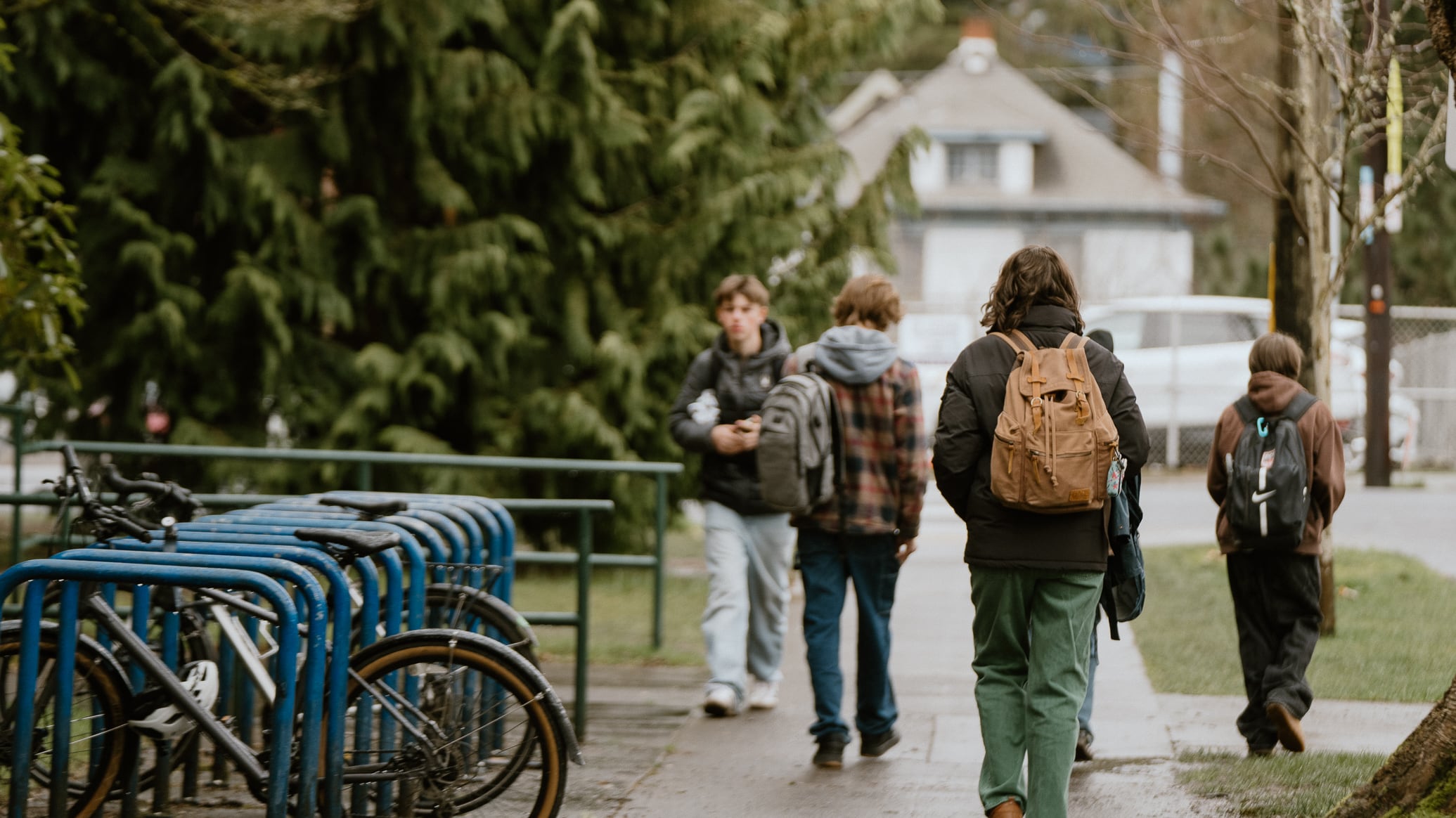In March, WW reported how annual projections by Portland State University’s Population Research Center indicated Portland Public Schools would in 10 years have only enough students to fill seven of its nine high schools (“Too Many High Schools,” March 19). Though the $1.83 billion school bond ultimately passed with overwhelming voter support, a watchdog group is now sounding the same alarms.
Tucked away in a quarterly report by the Citizens Bond Accountability Committee that went before the Portland School Board on Tuesday night is a damning bullet point.
“The BAC would like to share the opinion that the district should not be building such large high schools when there is not the student body to justify it,” it reads. “Given declining enrollment and decreasing birth rates this issue is even more pronounced given the project budget issues.”
(The BAC is a PPS-established volunteer citizens committee that reviews whether bond funds are going toward their assigned purposes.)
At Tuesday’s meeting, BAC chair Cara Turano elaborated briefly on the bullet point, noting several of the BAC members had been “very adamant” about sharing the perspective as “experts in this field.” The BAC’s report came on the same night the School Board approved comprehensive plans for modernizing Jefferson and Cleveland high schools.
Declining enrollment is a problem that district officials have vowed to reckon with this year, so much so that they’re wading into an explosive conversation whether to close some schools. (School districts in Oregon are paid per student, and declining enrollment has translated into declining revenue and subsequent budget cuts.)
At an April endorsement interview for the school bond, PPS Superintendent Dr. Kimberlee Armstrong told WW that if a “doomsday” enrollment scenario played out and there weren’t enough high schoolers to fill halls, the district would find ways to repurpose new buildings for its other students.
“I will tell you, there is no situation where a newly modernized, community-invested high school will go empty or even be half full,” she said then. “We would be actively working to make sure that we can house our students.”
But Portland School Board members who addressed Turano’s comment had more optimistic visions for the district. Chair Eddie Wang noted cost savings efforts weren’t particularly successful because delays meant inflation and redesign costs.
Wang also pointed out that placing the burdens of size reduction and cost savings on the last three high schools up for modernization was unfair. “Just because Cleveland, Ida B. Wells, and Jefferson came last doesn’t necessarily mean they were the ones that should be targeted to be size reduced,” he said.
School Board vice chair Michelle DePass reiterated a sentiment popular among rebuild supporters: that it is unwise to plan long term builds off of five-year forecasts.
“Let’s build for the future,” DePass said. “We have to build schools that will last 100 years.”
Turano said she’d bring School Board members’ comments to the rest of the BAC. “I really just think it’s a concern of cost and scope,” she said. “It is, I think, hard to think future when we just see the costs escalating bigger and bigger.”

